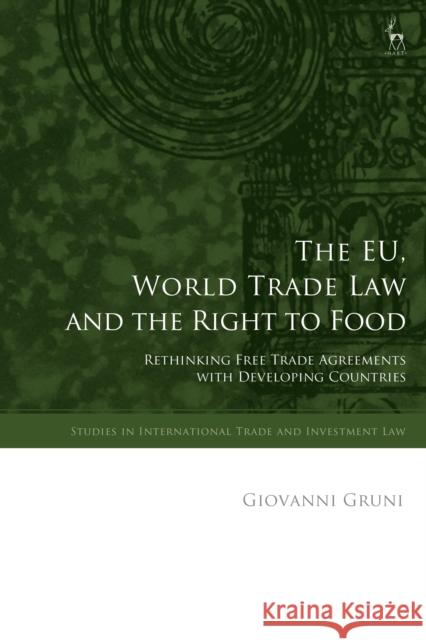The Eu, World Trade Law and the Right to Food: Rethinking Free Trade Agreements with Developing Countries » książka
topmenu
The Eu, World Trade Law and the Right to Food: Rethinking Free Trade Agreements with Developing Countries
ISBN-13: 9781509916207 / Angielski / Twarda / 2018 / 224 str.
The Eu, World Trade Law and the Right to Food: Rethinking Free Trade Agreements with Developing Countries
ISBN-13: 9781509916207 / Angielski / Twarda / 2018 / 224 str.
cena 459,27
(netto: 437,40 VAT: 5%)
Najniższa cena z 30 dni: 446,19
(netto: 437,40 VAT: 5%)
Najniższa cena z 30 dni: 446,19
Termin realizacji zamówienia:
ok. 30 dni roboczych
Dostawa w 2026 r.
ok. 30 dni roboczych
Dostawa w 2026 r.
Darmowa dostawa!
Kategorie:
Kategorie BISAC:
Wydawca:
Hart Publishing
Seria wydawnicza:
Język:
Angielski
ISBN-13:
9781509916207
Rok wydania:
2018
Numer serii:
000297126
Ilość stron:
224
Waga:
1.13 kg
Wymiary:
23.62 x 15.49 x 2.03
Oprawa:
Twarda
Wolumenów:
01
Dodatkowe informacje:
Obwoluta











